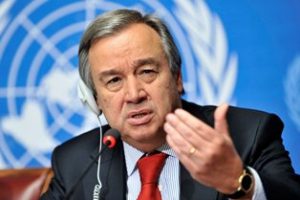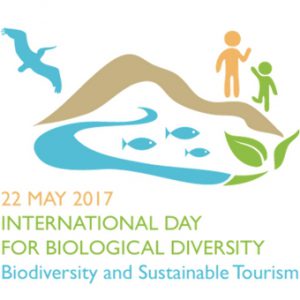Increasing precipitation and glacier melt keep Asia’s rivers flowing

Kathmandu : A study from FutureWater, Utrecht University and the International Centre for Integrated Mountain Development (ICIMOD) suggests that despite retreating glaciers, the amount of water supplied by the Himalayan mountains will increase in the coming decades accoding to findings published in Nature Climate Change on 1 June 2014.
Glacier and snowmelt contribute water to ten important river basins originating from the Himalayas and in the Tibetan Plateau serving over 1.3 billion people. A group of scientists assessed the importance of meltwater for the Indus, Ganges, Brahmaputra, Salween and Mekong rivers and discovered how climate change will alter river flow in the coming decades. The findings of the study will be important in shaping climate change adaptation policy in the twelve riparian countries surrounding these river basins.
The scientists used a new model to study the entire river basins in unprecedented detail. “Our results show that the river flow will increase at least until 2050, despite retreating glaciers,” says Arthur Lutz, a researcher at FutureWater and a PhD candidate at Utrecht University. “The glaciers feeding the Indus River, although retreating, will generate increasing amounts of meltwater in the coming decades due to higher temperatures. For the other rivers, the increase in river flow is mainly caused by increasing precipitation.” His colleague Walter Immerzeel corroborates his claim, saying, “These results confirm on a larger scale what we already discovered last year for two small watersheds in the Indus and Ganges basins.”
The scientists emphasize that their projections are only for until 2050. Scenarios for the distant future, or until the end of the century, remain uncertain, in particular for the Indus River where meltwater is most important. “Until 2050, the net glacier melt will increase despite glacier retreat,” Lutz explains. “If glaciers continue to retreat, at some point in time there will be a net decrease in meltwater.” Immerzeel adds, “For the Indus River basin, some models predict increasing precipitation, while others predict decreases in precipitation. In the other river basins all climate models generally agree that precipitation will increase.”
The findings are part of a larger research programme titled Himalayan Climate Change Adaptation Programme. According to Arun Shrestha from ICIMOD in Nepal, “Our findings provide essential information to climate change adaptation policy makers in the twelve riparian countries of these rivers. Not only knowledge of changes in the total flow, but also better understanding about how the distribution of water is going to change throughout the year. This will help in tailoring climate change adaptation policies to protect people and their livelihoods.”
Besides extending the projections from 2050 to the end of the century, in their future work the researchers will focus on how the extremes in river flow will change in the remainder of the century. As Lutz says, “We now understand how the total flow will change and which seasonal shifts may occur. However, changes in extreme events such as floods and droughts have yet to be projected in the Himalayas.” – ICIMOD
Read full article at http://www.nature.com/nclimate/journal/vaop/ncurrent/full/nclimate2237.html
June 3, 2014














